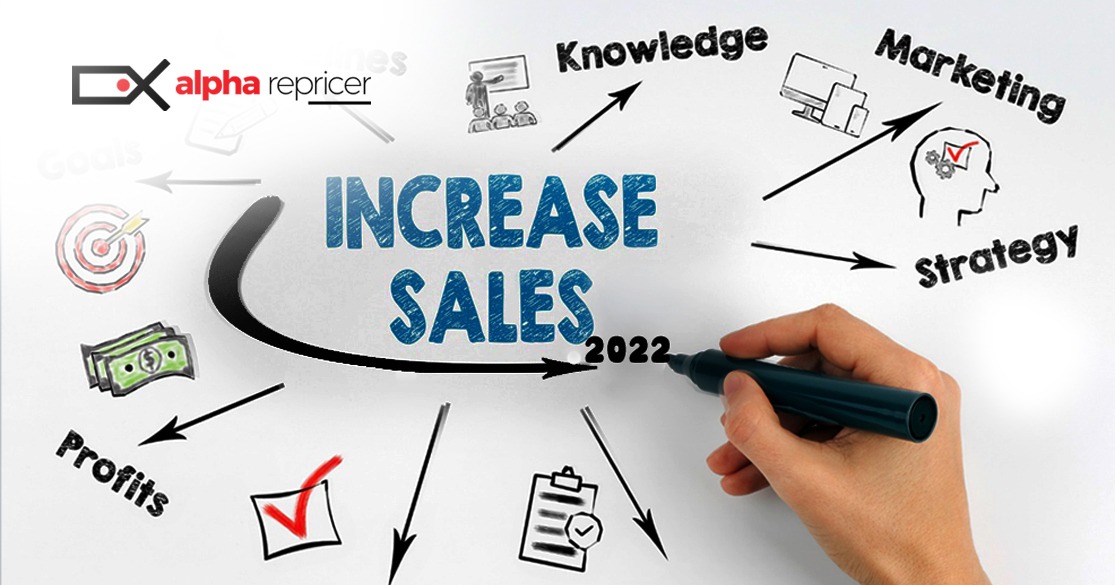Effective Strategies for Pricing Your Amazon Inventory
Pricing is critical to selling your item and the first step in your marketing strategy. Instinctively, new sellers want to set prices much lower than the established sellers. But let us be straight: the lowest price does not necessarily ensure your item will be sold. Often, a buyer will purchase the higher-priced item because he or she may be more familiar with it. Or he or she may see the lower price as an indication of lower quality. The buyer does a lot of research before making a purchase. Likewise, a seller needs to do research to find the right price to make that sale. So, how does a seller go about pricing their products?
The process is not as simple as adding a profit margin to your cost and listing it. You have to consider the demand, your buyer, and of course the competition. For example, you can find cotton towels ranging from approximately $2 to $80 or maybe higher if you care to do so. Each price range has a buyer. As a seller, you want the ideal price where you can get the most sales.
The answer lies somewhere in the middle. There is a larger market that is willing to pay the median price. This is something to consider when deciding what to sell. As you get familiar with and established with the Amazon market, you may opt to sell the higher-priced items. You can initially price your item in two ways: competitive pricing and value pricing. It would be best if you also looked into repricing with the help of an Amazon repricing tool.
Competitive Pricing
There are many ways to find the right price at which to list your item. If you’re selling new items, it is considerably easier to price them. They may have a manufacturer’s price labels. You will find online stores that are selling identical items. You will find the same item on Amazon that can help you figure out what the expected price range of an item is. Sometimes if they are not identical you can compare the different features that add value or subtract it from your item. When you are listing Amazon also shows the lowest price on Amazon.
Going back to the bath towel, you might think a bath towel is a bath towel. Not so. They are both cotton, but the thread count may be different. The size may be an inch or two different. Then, the manufacturer status has to be considered. Macy’s can easily price its towels higher because it caters to a market that does not blink when buying an $80 towel, whereas most of us would balk and forget to blink.
So consider your buyer. Who is your target market? What kind of person is going to be buying that ware that you have to sell? One of the Amazon sellers who has upwards of $100,000 annually, sells hosiery. None of his items are priced at more than $22. He has priced his items so that he is making a profit and moving his inventory by making numerous sales a day. He also knows that certain brands have a certain ceiling, meaning these items cannot be priced higher than a specific amount. If he priced it at $25, it may still sell but not as many.
Value Pricing
It’s harder to price used items competitively. One way to price used items is to compare them with other comparative items. Sometimes you cannot find identical items so you have to go for comparative listings. For example, you may have a college textbook to sell and you see others selling it for more than $100. But is yours comparative to theirs? Whether you compare or not there are four things to consider.
- Cost – You are in the selling business to make a profit so your cost of procuring, listing, and shipping the item has to be taken into account. You can find out how to calculate your cost from our earlier blog.
- Condition – If you are comparing with existing listings, you have to read their descriptions carefully by going into the other seller’s details. You do not have to be the lower-priced book. Your book may very well be the one in better quality. If you have nothing to compare with, ask yourself what will you be willing to pay; keeping in mind that you want to make a profit and that your buyer is a smart buyer.
- Demand – What is the popularity of the item? Sometimes that changes by the time of year. Buyers are not generally looking for swimming trunks in winter, for example. A college textbook does better in a couple of weeks before a semester or quarter is set to start; sometimes even a couple of weeks into the semester. You can also look up the sales rank of an item to gauge the popularity of your item. There is software available such as Jungle Scout, that help you find marketable products.
- Shelf life – Some items have a long shelf life. In the example of the textbook, in case you do not sell the textbook this semester, you may be able to sell it next semester. Perhaps it will sell for slightly less but it will have a good chance to sell; for example, if it is a current Calculus textbook. Computer components do not have a great shelf life. Their value takes a dive every six months. Better to take less of a profit and actually sell them rather than holding onto them for a higher price and actually losing out on the sale altogether. So, consider your item’s shelf life. Will you be able to hold on to it and eventually find a buyer…or not
Beating the competition
Whether you price your items comparatively or value-based, you will still have competition. This is where a repricing tool comes into the picture. Alpha Repricer is the best Amazon repricer in the market. Alpha Repricer can help you maintain competitive prices by automating your Amazon repricing. Adjusting your prices up or down to stay in the competition is called repricing. Alpha Repricer automates the repricing for you so you do not spend your valuable business time watching the competition’s prices. You can focus your repricing strategy to win the Buy Box, the prize to win for Amazon sellers.
Before you even start thinking about pricing your inventory, it’s crucial to understand how to prepare it for Amazon, specifically when it comes to the holiday season. Be sure to check out our next blog, where we’ll cover essential topics like preparing your Amazon inventory, FBA packing, and more.
Take advantage of our discount offer to try out repricing at a fraction of the cost. You will get 14-days free trial. Sign up is easy and our free on-boarding is also available. Register today!





